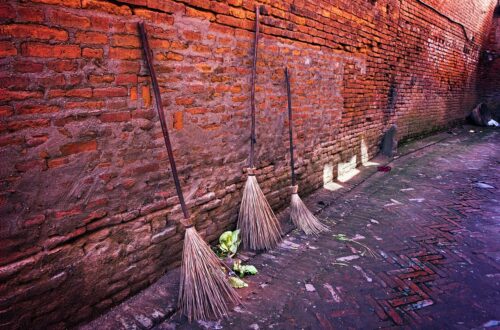Find the best pet safe plants for decorating and what Christmas plants to avoid if you have pets!
Are Christmas cactus plants poisonous to cats and dogs? What about poinsettias and Christmas trees?
At this time of the year, many of us are bringing new and festive plants into our homes to decorate for the holidays. But while some of the most common holiday plants aren’t safe for our furry friends, there are plenty of pet safe flowers and plants that you can use to deck the halls. Below, you’ll find some jolly good dog and cat safe plants, plus a list of common Christmas plants you may want to avoid if you have pets!
Affiliate disclosure: As an Amazon Associate, I may earn commissions from qualifying purchases.

10 Common Christmas Plants and Flowers That Are Toxic to Pets
No one wants to have their holidays spoiled by an emergency visit to the vet, but some holiday plants pose real risks to pets. In 2021, the ASPCA reported over 400,000 cases of pet poisoning in the U.S. alone and about 20% of those cases involved toxic plants. Around the holidays, these risks can increase dramatically as many of us bring new plants into our homes that curious pets aren’t used to.
Awhile back, I wrote a piece about pet-safe (and not safe!) Valentine’s Day plants and flowers and I definitely encourage you to give that a read too. However, we often celebrate with different plants around the holidays and, as you’ll see, many of our favorite Christmas plants just aren’t pet-friendly!

1. Mistletoe
Around the holidays, sprigs of mistletoe are often hung over doorways to encourage a few holiday smooches. However, mistletoe plants aren’t safe for cats and dogs – and that includes both European and American mistletoe.

2. Yew
Yew plants are commonly used in landscaping and their bright red berries look particularly festive against their evergreen needles. But don’t be fooled into decorating your mantel with these plants or turning them into holiday wreaths. Almost all parts of yew plants are dangerously toxic to pets and people!
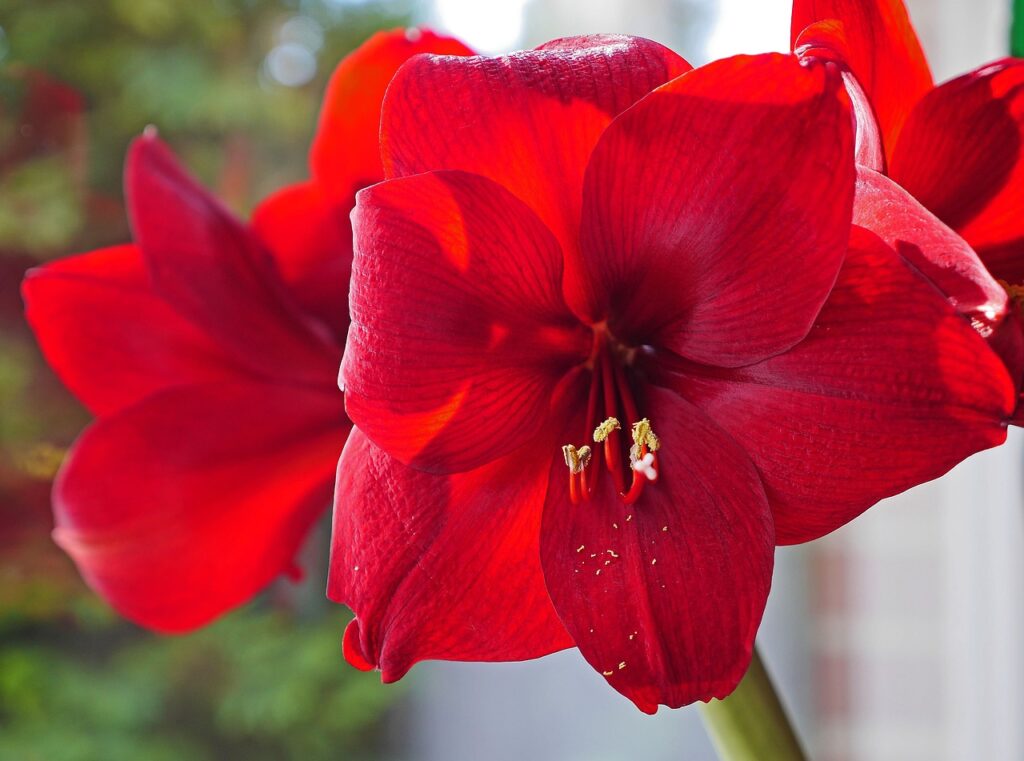
3. Amaryllis
Amaryllis bulbs make a big impact when their showy flowers bloom in mid-winter. However, these plants are toxic to pets and their big bulbs can pose a choking hazard too. Bromeliads are a better bet for homes with pets!
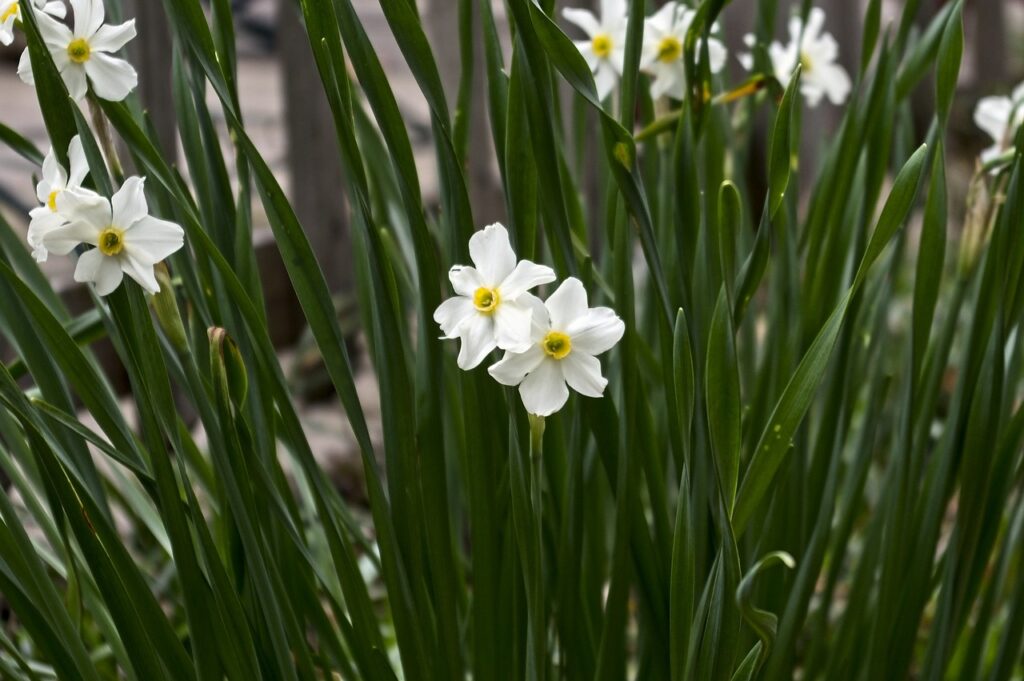
4. Paperwhites
Another winter bloomer, paperwhites are related to daffodils and they’re often planted en masse in low planters around the holidays. However, like daffodils, paperwhites are toxic when ingested. For a more pet-friendly option, try moth orchids instead!
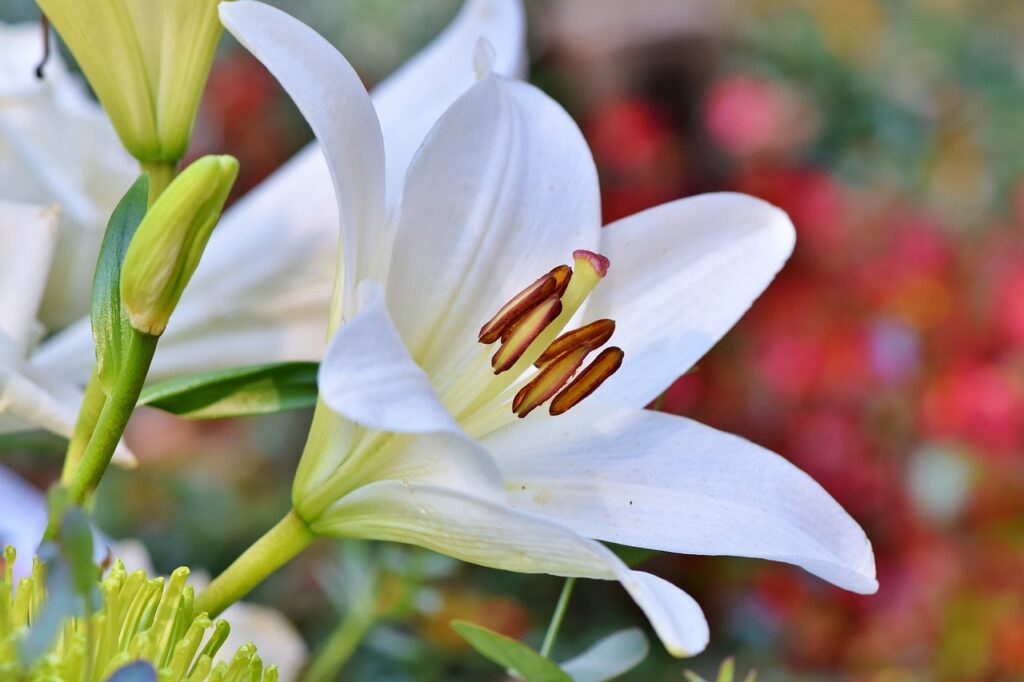
5. Lilies
Lilies are some of the most dangerous plants for cats, but most lilies aren’t safe for dogs either. As a pet parent, I personally never bring lilies into my home at Christmas… or at any other time of the year. Just a bit of lily pollen can prove hazardous if your furry friend brushes against a lily flower!
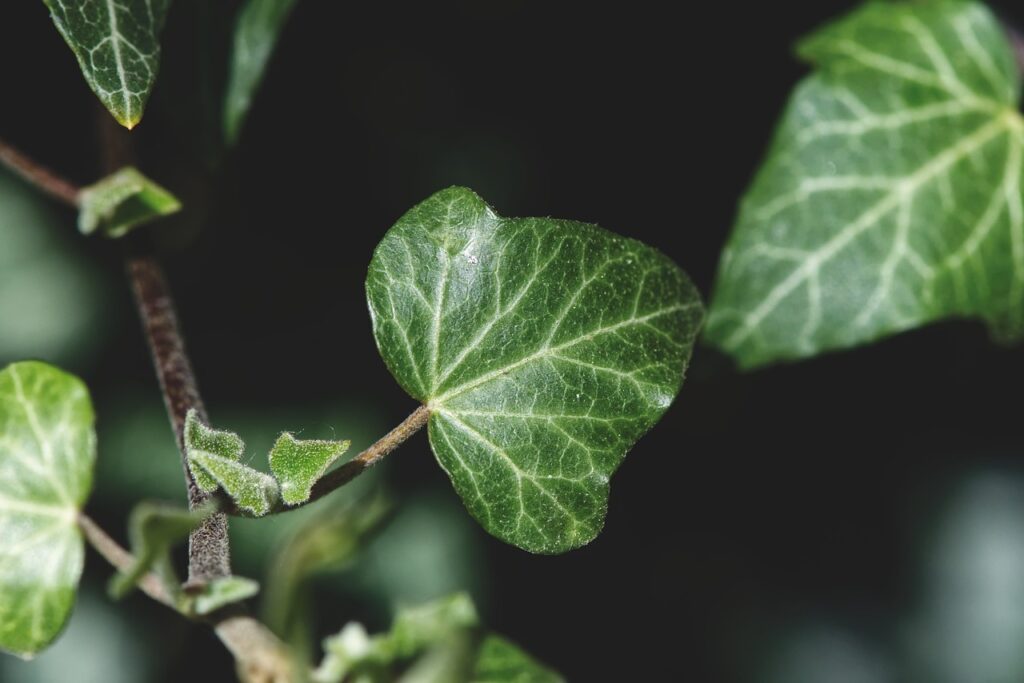
6. English Ivy
English ivy is sometimes grown as a houseplant, but it’s also occasionally planted in holiday planters or wound into wreaths around Christmas. Unfortunately, this plant isn’t safe for pets either. However, there are a few pet-safe ivies – like Swedish ivy and grape ivy!

7. Holly
Many types of holly are also toxic to pets, including American holly or winterberry and the traditional English holly. If you have pets in your home, it’s best to avoid these plants or use them only in outdoor wreaths and garlands that kept far away from your furry friends.
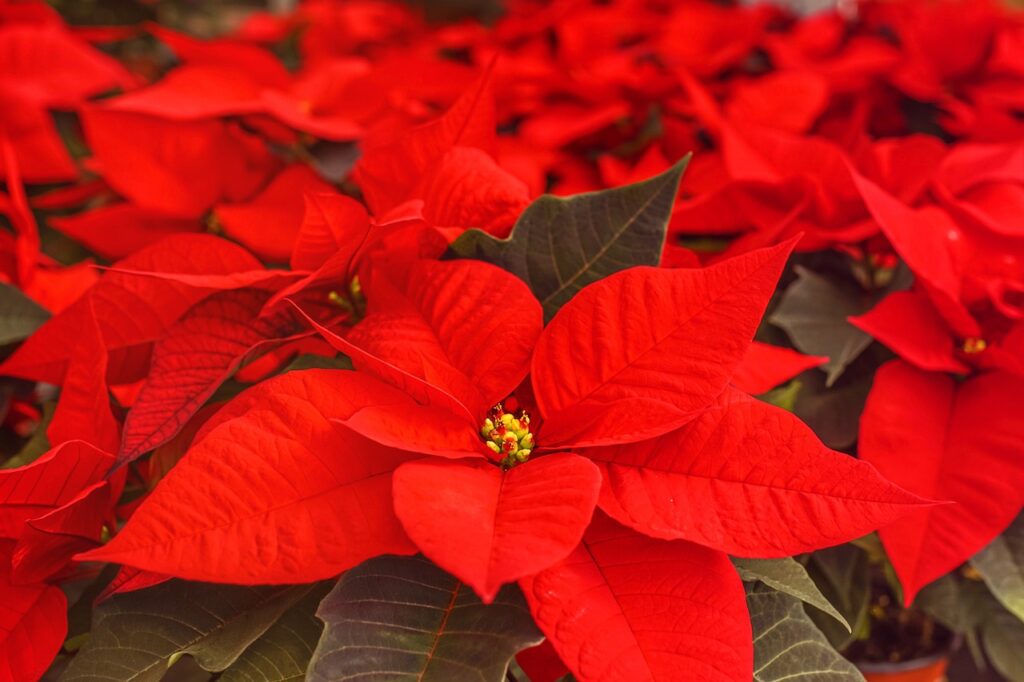
8. Poinsettia
When pet owners think about toxic Christmas plants, poinsettia are usually the first plants that come to mind. But while poinsettia plants are toxic to pets, they’re actually not as dangerous as some of the other plants on this list. Still, it’s best to avoid bringing them into your home if you think your pets may get into them!

9. Snowdrops
Snowdrops are most commonly planted in outdoor gardens and grown for their early flowers, which can pop up even when there’s snow on the ground! However, the outdoors is the best place for these spring-time bloomers. They are toxic to pets too.
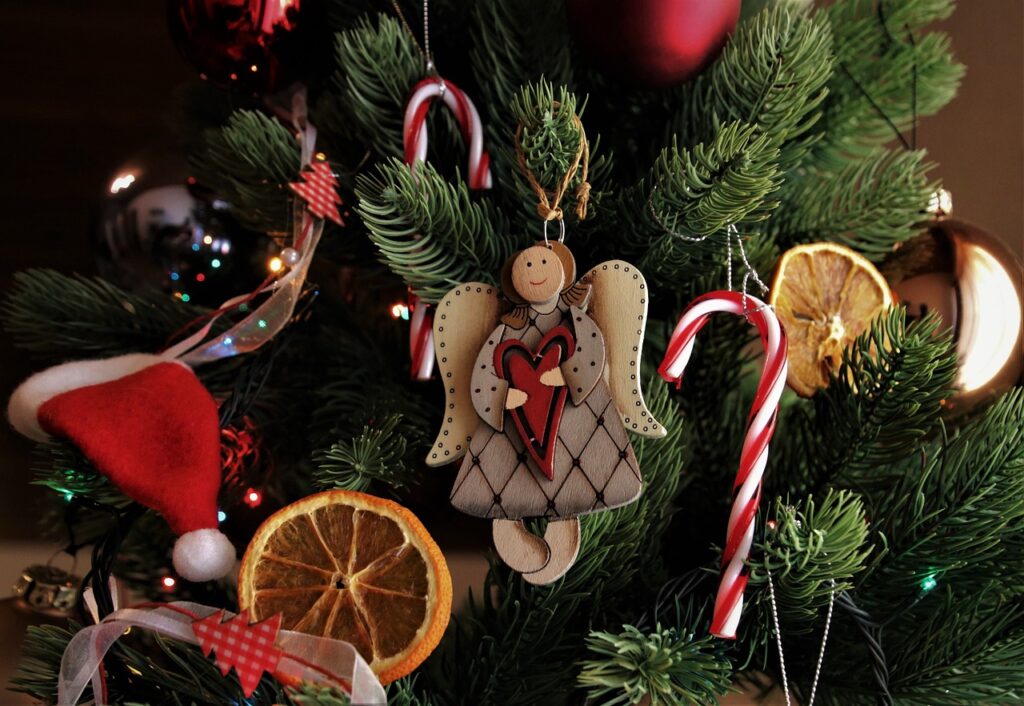
10. Christmas Trees
Christmas trees aren’t especially toxic to pets, but their needles can pose problems if pets ingest them. Trees can also prove hazardous to pets if they accidentally topple over, so be sure to always keep Christmas trees in a sturdy base. It’s also important to avoid using preservatives in your Christmas tree water and to refresh the water regularly to keep bacteria levels down. Not only do bacteria and preservatives cause Christmas trees to spoil faster, but they can also make pets sick if they drink Christmas tree water!
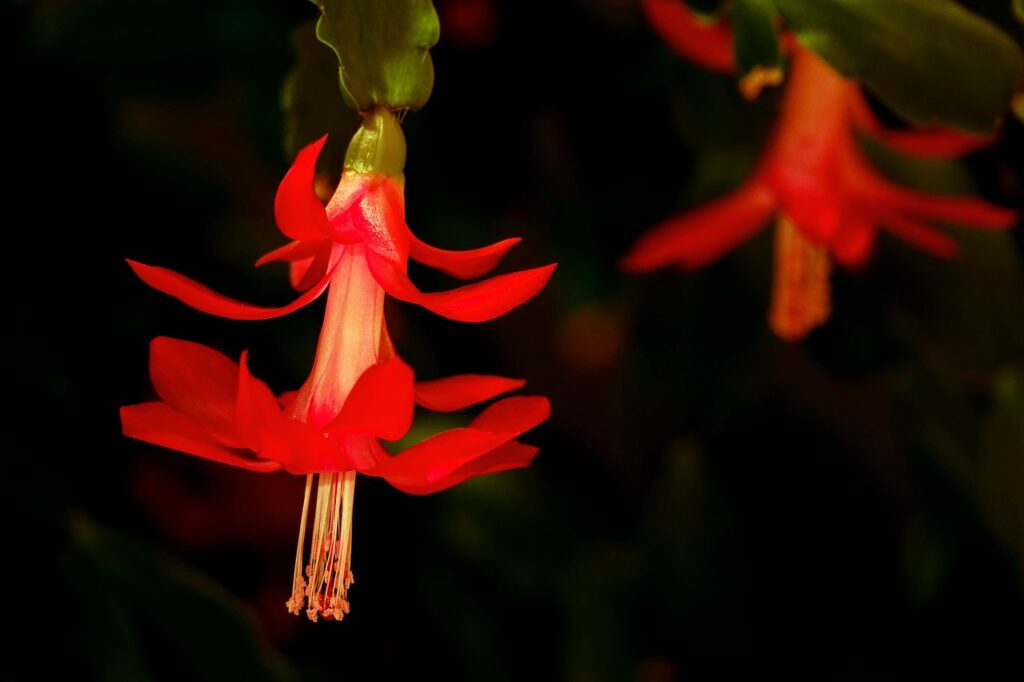
5 Pet-friendly Christmas Plants
While many Christmas plants aren’t safe for pets, you can still find a lot of pet-safe plants for decorating. To get you started, here are just a few dog and cat safe house plants that you can use for festive holiday décor. However, you can find even more on the ASPCA website!
Note: While these plants are non-toxic, pets can still get ill if they eat a lot of them! For pet safety, it’s always advised to keep plants out of reach of curious pets.

1. Christmas Cactus
While poinsettias and amaryllis get a lot of attention around the holidays, Christmas cacti are every bit as colorful and they’re pet-safe. These tropical cacti are easy to grow as year-round houseplants and they produce big and colorful flowers just in the time for Christmas!

2. Bromeliad
Another festive tropical, bromeliads produce showstopping flowers in eye-catching shades of pink, red, orange, and more. These pet-safe plants look especially appealing in a group (I’ve even seen greenhouses display them in a Christmas tree form!), but they can also be displayed singly as tabletop centerpieces or on a sunny windowsill. You can find bromeliads in all sorts of shapes and sizes and some even have patterned leaves!

3. Moth Orchids
There are many types of orchids, but moth orchids are the easiest to come by and they’re usually quite affordable. These pet-friendly plants produce flowers in a range of colorful hues and they typically bloom in winter. One common misconception is that orchids are tricky to keep; however, these plants have the same basic care needs as most tropical houseplants.
Tip: One of the most common reasons why moth orchids die is because the pots they’re sold in don’t drain well. That’s why I always repot my orchids as soon as I bring them home into a well-draining pot with orchid potting mix!

4. Majesty Palm
Majesty palms are just one type of palm that’s safe for pets, but you can also try out other popular palms, like bamboo or parlor palms. These plants demand attention when displayed as houseplants, but many palms are sturdy enough to hold lightweight ornaments and string lights. Palms are an especially fun option if you want to bring a tropical feel to your holiday season!
Tip: While many palms are pet-safe, there are some exceptions. Sago palms, in particular, are easy to come by… but they’re highly toxic to pets.

5. African Violets
Many people never think to use African violets as holiday décor, but it’s definitely worth a try. Not only are African violets safe for pets, but they bloom in winter and they’re easy to keep as houseplants. That means you can enjoy them long after the holidays and decorate with them next Christmas too!
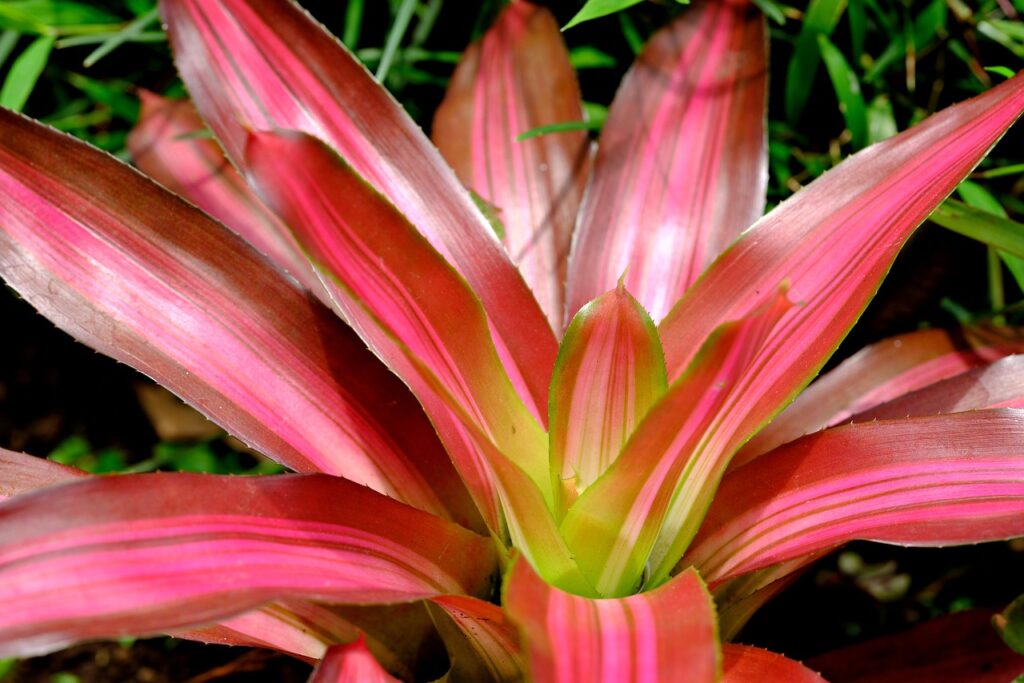
Frequently Asked Questions
Are Christmas cactus toxic to cats?
Christmas cactuses are non-toxic to cats and dogs although, as with any plant, it’s best to keep pets from chewing on them!
Are poinsettias toxic for cats?
Yes, poinsettias are toxic to cats, as well as dogs. If you have pets in your home, keep poinsettias in a spot where pets can’t reach them or skip these plants entirely!




